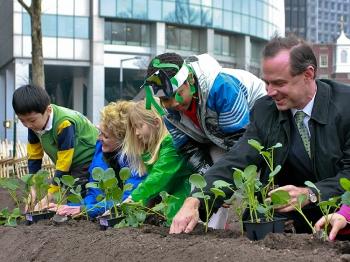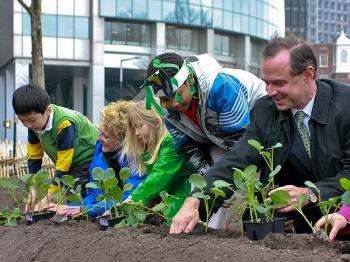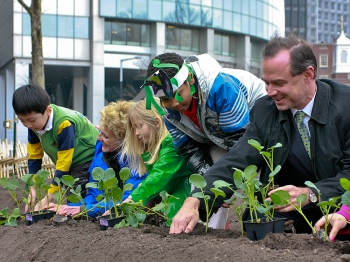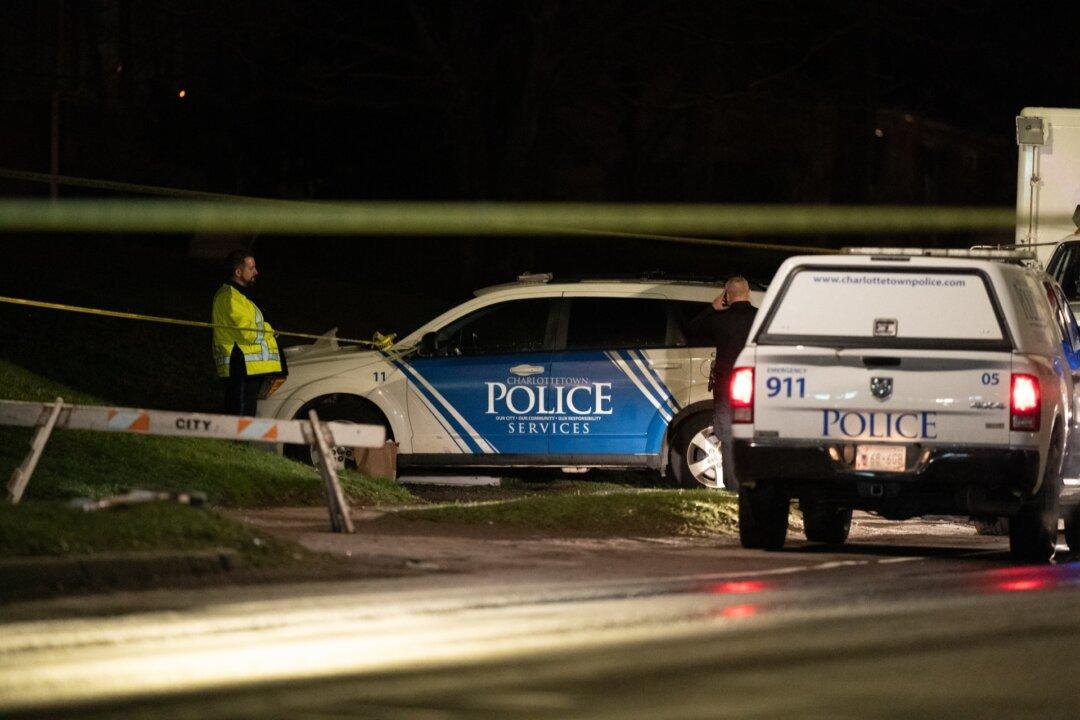NEW YORK—As Earth Day approaches and New Yorkers contemplate their place in the natural order of things, the cycle of food production and consumption is a good place to start.
Urban farming is no longer an oxymoron. Across the five boroughs, approximately 600 gardens are protected by the Department of Parks and Recreation’s GreenThumb division; 55 are protected by the New York Restoration Project; and hundreds of others fill spaces between buildings and create fresh produce for local residents.
Local politicians and gardeners alike tout the growing movement as a solution to obesity and diabetes, a community-building institution, a way to educate children, a way to feed the city without burning fossil fuel on transport, and even a moneymaking enterprise.
Red Hook Community Farm in Brooklyn sold $53,000 worth of produce from its 2.75-acre lot last year. The youth-run initiative started in 2003 and brings needed nutrition to one of the city’s “food deserts,” and empowers local youth.
Over 100 volunteers worked in the rain on Saturday to pull weeds, till the soil, and prepare the seeds for a prosperous season. Ian Marvey bent down to pick a strawberry leaf and rub it against his teeth.
“The Dakota [Native Americans] used to use these to brush their teeth,” Marvey told a teenaged volunteer. The gardening experience allows Brooklyn youth to reconnect with the land and with the history of New York City.
Urban farming is no longer an oxymoron. Across the five boroughs, approximately 600 gardens are protected by the Department of Parks and Recreation’s GreenThumb division; 55 are protected by the New York Restoration Project; and hundreds of others fill spaces between buildings and create fresh produce for local residents.
Local politicians and gardeners alike tout the growing movement as a solution to obesity and diabetes, a community-building institution, a way to educate children, a way to feed the city without burning fossil fuel on transport, and even a moneymaking enterprise.
Red Hook Community Farm in Brooklyn sold $53,000 worth of produce from its 2.75-acre lot last year. The youth-run initiative started in 2003 and brings needed nutrition to one of the city’s “food deserts,” and empowers local youth.
Over 100 volunteers worked in the rain on Saturday to pull weeds, till the soil, and prepare the seeds for a prosperous season. Ian Marvey bent down to pick a strawberry leaf and rub it against his teeth.
“The Dakota [Native Americans] used to use these to brush their teeth,” Marvey told a teenaged volunteer. The gardening experience allows Brooklyn youth to reconnect with the land and with the history of New York City.







